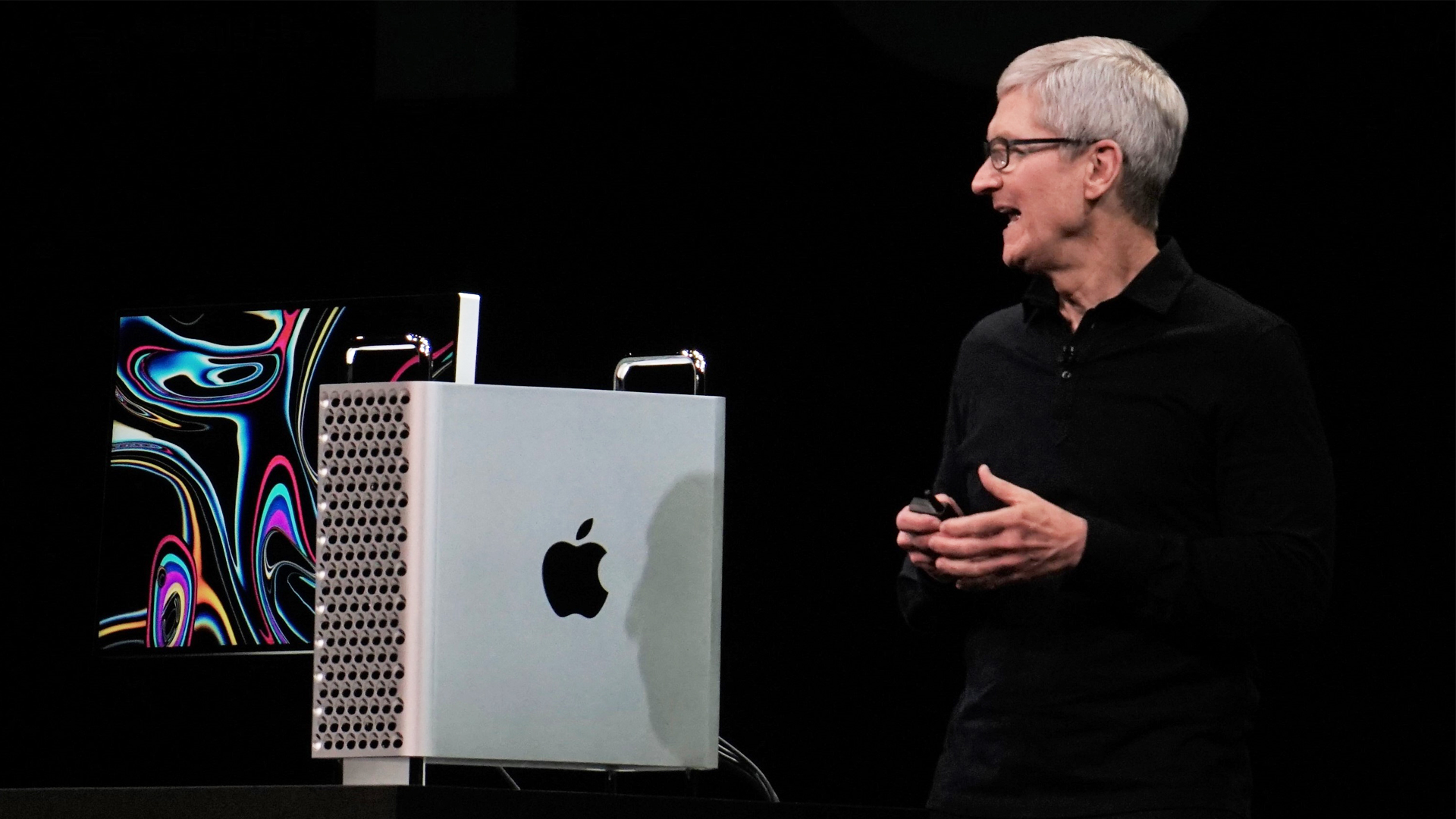The new Mac Pro could still be an M2-powered beast
But an M2 Mac Pro could still be a way off

Apple is looking increasingly likely to miss its projected 2022 deadline for completing the transition to using its own silicon processors across the entirety of the Mac product line, with the enterprise-aimed Mac Pro being the last to follow.
As highlighted by Bloomberg’s Mark Gurman, the path to Mac Pros powered by Apple’s custom M-series chip, which would allow iOS apps to run natively in macOS, and otherwise result in increased performance gains and decreased power consumption, has been a difficult one.
Reasons cited for the delay include relocation of manufacturing to avoid additional tariffs on goods manufactured in China, continued redesigns of the M-chips to include an “Extreme” variant, and fears of skyrocketing costs to customers.
Mac Pro M2 delay
As addressed by Gurman, Apple’s plans to move its line of high end workstations to Apple silicon began with the introduction of its M1 chip in 2020.
Plans were made for a unique processor that, across two configurations of the Mac Pro product, would combine the power of either two or four M1 Max chips, the most powerful chip available in the Macbook Pro line at the time.
However, the Mac line of computers has not benefited from simplicity, and the dual M1 Max chip, which became known as the M1 Ultra, ended up launching with the Mac Studio, a line marketed towards creatives and others who rely on resource-heavy processes.
An M2 Ultra chip promising additional performance gains is reportedly in development, but hopes for a further M2 Extreme chip, that Gurman speculates would likely have offered “up to 48 CPU cores and 152 graphics cores” by being four M2 Max chips stuck together seem, according to him, to be dead in the water.
Are you a pro? Subscribe to our newsletter
Sign up to the TechRadar Pro newsletter to get all the top news, opinion, features and guidance your business needs to succeed!
The biggest barriers to Mac Pros running on appears to be cost of production, and to customers.
The complex nature of the architecture of the most powerful Apple silicon, that would give Mac Pros their unique selling point, is expensive enough without production having been relocated to Texas during the Trump presidency.
The two primary reasons for the move were for Apple to evade increased tariffs on Chinese imports and uphold a public commitment to grow the US economy - both of which point to a PR exercise, and one that is costing them the ability for a painless switching to its own silicon.
Gurman claims that an M2 Extreme version of a Mac Pro would “probably” cost “at least” $10,000 per unit, which would not be cost-effective even regardless of an ongoing recession.
Putting aside the conjecture, the Mac Pro is in a difficult place as a product. It has to offer better performance than all other Macs, which is complicated by the existence of the Mac Studio, but is a niche offering, only especially relevant to enterprise customers that need the extra power.
At the moment, only Intel-powered Mac Pros continue to only be available. There will probably be another entry in the line, but it may not appear for some time, and still not be powered exclusively by Apple's own silicon.
- Here’s our list of the best mobile workstations right now

Luke Hughes holds the role of Staff Writer at TechRadar Pro, producing news, features and deals content across topics ranging from computing to cloud services, cybersecurity, data privacy and business software.